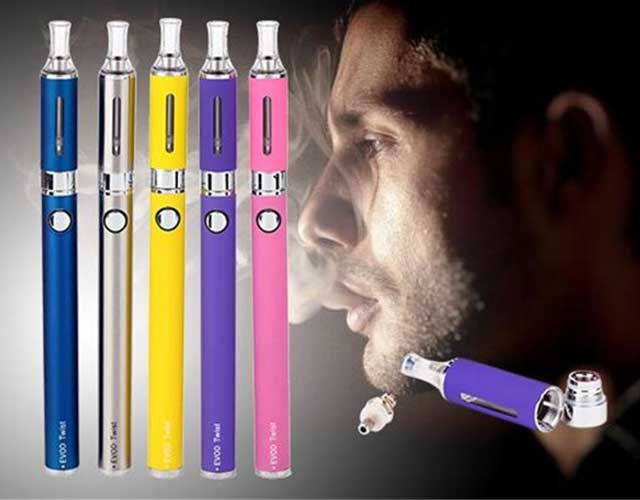vapes
Can a Vape Ban Curb Waste and Youth Addiction?
As Britain prepares to outlaw disposable vapes on June 1, a cloud of skepticism hovers over whether the ban will achieve its twin goals: reducing environmental harm and deterring youth vaping. Critics argue that the legislation, while well-intentioned, may merely shift – not eliminate – the problem, as retailers and consumers adapt to loopholes in the new rules.

Retailers across the country are bracing for the change, but many doubt it will alter consumer habits. In Crawley, West Sussex, 19-year-old Emily shrugs off the impending ban. “People will just treat rechargeable vapes like disposables,” she predicts, gesturing to shelves stocked with sleek, candy-colored devices. Her friend Vanessa, a mother of four, nods in agreement. A former smoker who switched to disposables three years ago, she admits to hoarding nearly 40 vapes in her kitchen. “Even if prices rise, nothing changes. Kids will vape regardless.”

The new regulations mandate that all devices must be rechargeable, refillable, and equipped with replaceable coils. Trading Standards officers will enforce fines up to £200 and seize non-compliant products, with repeat offenders facing unlimited penalties or jail time. Yet confusion reigns. During a visit to two Brighton vape shops, clerks sold us “compliant” devices later deemed illegal by experts at Evapo, a specialty retailer. The differences were subtle: a missing USB port here, a non-removable coil there.
Richard Begg of VPZ, a national vape chain, warns of an inevitable black market. “The disposable industry is worth billions. A £200 fine is a slap on the wrist,” he says. Meanwhile, small businesses like Mist Vapes in Manchester face ruin. Owner Nick estimates £6,000 in unsellable stock. “Rechargeables look identical to disposables now,” he laments, holding up a device with a discreet charging port. “Where’s the deterrent?”
A Tug-of-War Between Health and Habit
The ban’s proponents argue it addresses twin crises: the 5 million disposable vapes trashed weekly and the 18% of 11–17-year-olds who’ve tried vaping. Yet Hazel Cheeseman of Action on Smoking and Health cautions that disposables’ appeal lies not in their convenience alone but in their “bright colors, sweet flavors, and ubiquity” – traits shared by many post-ban products.

For some adults, however, disposables have been lifelines. Cara, a former 20-a-day smoker, fears relapse. “What if I forget to recharge?” she asks, stockpiling cherry fizz-flavored vapes. Baroness Claire Fox, a peer who quit smoking via strawberry-banana disposables, calls the ban “counter-productive.” Her kitchen drawers brim with neon boxes, a hedge against what she sees as misguided policy prioritizing “environmental dogma over public health.”
Data and Dissonance
A recent GWI survey reveals paradoxes: 61% of UK vapers support the ban, yet 46% vape daily, and 40% use disposables. Dr. Ravi Gill, a health psychologist, attributes this to “cognitive dissonance” – users acknowledge health risks but cling to habit. Meanwhile, 18% of disposable devotees threaten to return to cigarettes if their preferred devices vanish.

The government insists the ban will spur a “circular economy,” creating jobs and slashing waste. But in shop aisles and living rooms, skepticism persists. Disposable vapes may vanish from shelves, but their legacy – of addiction, innovation, and unintended consequences – will linger long after June 1.

